Home>Ideas and Tips>Creating A Year-Round Container Garden
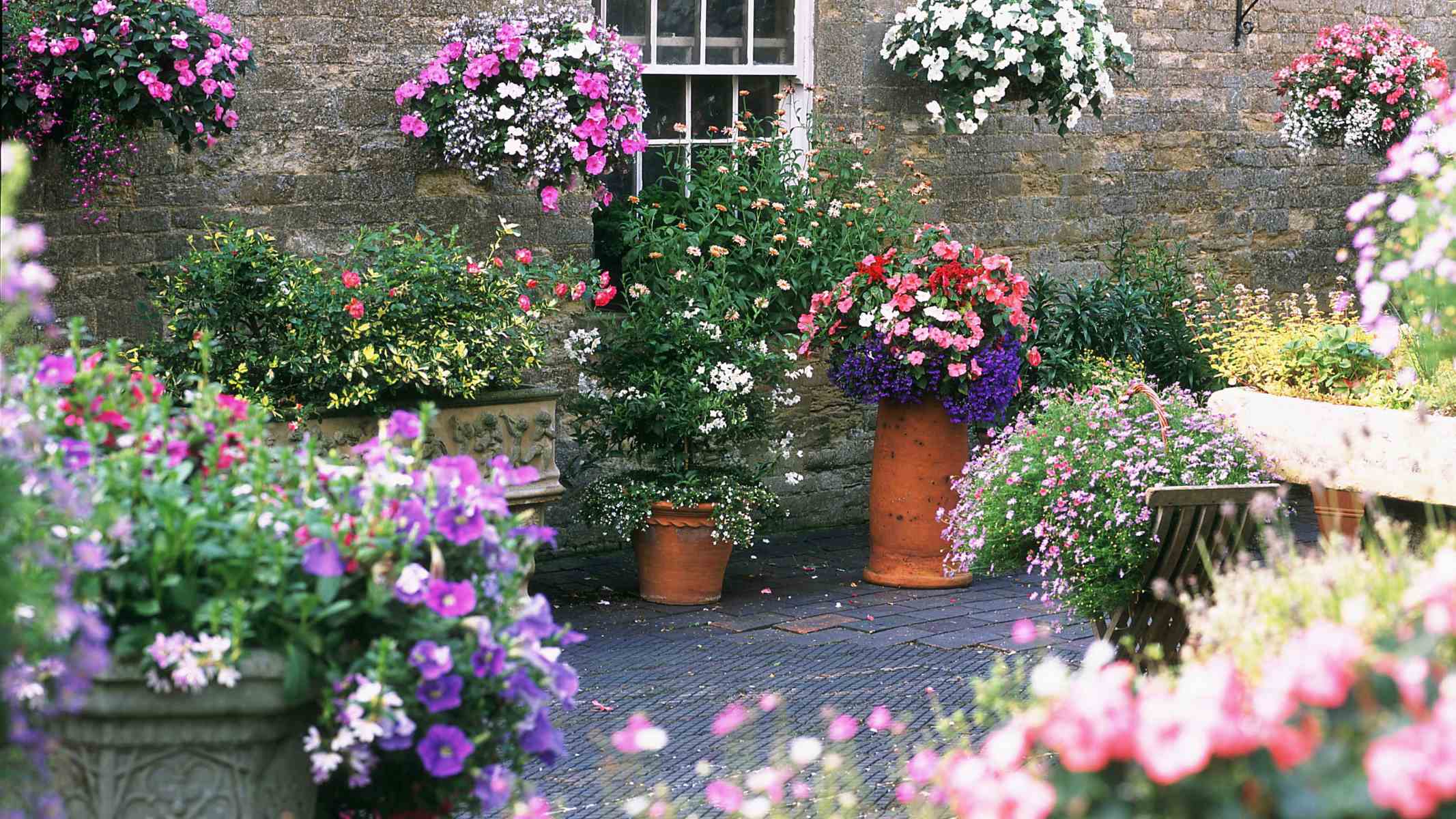

Ideas and Tips
Creating A Year-Round Container Garden
Published: September 25, 2024
Learn how to create a stunning year-round container garden with tips on plant selection, design, and maintenance for continuous seasonal beauty.
(Many of the links in this article redirect to a specific reviewed product. Your purchase of these products through affiliate links helps to generate commission for Storables.com, at no extra cost. Learn more)
Introduction
Container gardening is a versatile and rewarding way to bring beauty and life to any space, regardless of the size or location. Whether you have a small balcony, a patio, or even just a windowsill, you can create a thriving container garden that provides year-round interest and color. In this article, we will delve into the steps and strategies necessary to create a stunning and sustainable container garden that blooms continuously throughout the seasons.
Understanding the Basics
Before we dive into the specifics of creating a year-round container garden, it's essential to understand the fundamental principles involved. Here are some key points to consider:
-
Space and Placement: Containers can be placed in various locations, from balconies and patios to entryways and indoor spaces. Choose a spot that receives the right amount of sunlight for your plants.
-
Container Selection: The type of container you choose is crucial. Ensure it has adequate drainage holes to prevent waterlogged soil. Materials like fiberglass, lead, iron, heavy plastic, or stone are good options as they can withstand cold temperatures and provide structural support.
-
Soil Quality: Use a good potting soil specifically designed for containers. This type of soil provides essential drainage and nutrients that plants need to thrive in pots.
-
Plant Selection: A mix of annuals, perennials, and woody ornamentals can provide year-round beauty. Annuals offer seasonal color changes, while perennials provide lasting foliage colors and textures.
-
Maintenance: Regular watering, fertilizing, and pruning are essential for maintaining a healthy container garden.
The Thriller, Spiller, Filler Method
One of the most popular methods for creating visually appealing container gardens is the Thriller, Spiller, Filler (TSF) method. This approach ensures that your container garden has a balanced and dynamic appearance.
Thrillers
Thrillers are the focal point of your container garden. These plants should be the tallest and most eye-catching in the arrangement. They can be perennials or woody ornamentals that provide structural interest and often bloom profusely.
Examples of thrillers include:
- Cannas: These plants come in a variety of colors and can grow quite tall, making them perfect for adding height to your container.
- Daylilies: Known for their vibrant flowers and robust growth, daylilies are excellent choices for thrillers.
- Ornamental Grasses: These add a dramatic element with their tall, flowing plumes.
Fillers
Fillers are the middle layer of your container garden and are designed to fill in the space around the thrillers. These plants should stay shorter than the thrillers and add annual color to your arrangement.
Examples of fillers include:
- Petunias: These annuals come in a wide range of colors and can spill over the edges of the container if not pruned.
- Impatiens: Known for their bright flowers and ability to thrive in shade, impatiens are great for adding color to shaded areas.
- Begonias: Begonias offer a variety of shapes and sizes, making them versatile choices for fillers.
Spillers
Spillers are shorter trailing plants that are planted toward the outer edges of the container so they spill over the sides. They can be flowering plants that complement the fillers or non-flowering plants with a focus on foliage.
Examples of spillers include:
- Ivy: A classic choice for spillers, ivy can be trained to climb up walls or left to spill over the edges of containers.
- Calibrachoa: These small, delicate flowers come in a variety of colors and are perfect for adding a pop of color to your container.
- Bacopa: Known for its trailing habit and small white flowers, bacopa is an excellent choice for creating a lush, spilling effect.
Choosing Plants for Your Zone
When selecting plants for your container garden, it's crucial to choose varieties that are appropriate for your zone. This ensures that your plants will thrive in your local climate and survive the winter months.
Here are some tips for choosing plants based on your zone:
-
Check Local Nurseries: Nurseries and garden centers typically carry plants that are suitable for your area. If you're traveling to another region, make sure to check if the plants you choose will survive in your home climate.
-
Understand Plant Hardiness: Perennials and woody ornamentals have different hardiness levels. Choose plants that are at least two zones hardier than your zone if you plan on overwintering them outdoors or in an unheated area.
-
Seasonal Color Changes: To ensure year-round color, choose a combination of plants that bloom at different times of the year. For example, use winter annuals like parsley and pansies in the winter, then replace them with summer annuals like tomatoes and basil in the spring.
Designing Your Container Garden
Designing a successful mixed container involves creating a theme that ties all the elements together. Here are some steps to follow:
-
Choose a Theme: Begin by selecting a unifying theme for your container garden. This could be based on color, texture, use, or size of plant material.
-
Select Plants: Once you have a theme in mind, start selecting plants that fit within that theme. For example, if you're going for a warm and cool color combination, choose plants like gardenias (for their scent), nemesia (for their pastel colors), and calibrachoa (for their vibrant colors).
-
Balance Elements: Ensure that your container has a balanced look by including a mix of thrillers, fillers, and spillers. This will create depth and visual interest in your arrangement.
-
Consider Sun Exposure: Know what type of sun exposure your container will get and pick plants accordingly. Some plants require full sun while others prefer partial shade or full shade.
-
Plan for Maintenance: Think about how you'll maintain your container garden throughout the seasons. Plan for regular watering, fertilizing, and pruning to keep your plants healthy and thriving.
Practical Considerations
When growing perennials in containers, there are several practical considerations to keep in mind:
-
Root Constraints: Most perennials will not grow to their mature size in a container like they would in the ground due to root constraints.
-
Compact Plants: Compact, mounding or clumping plants typically grow better in containers than spreading ones because they won't outgrow their container as quickly.
-
Shade Plantings: Shade plantings rely heavily on interesting foliage because they typically do not bloom as long as their sunny counterparts. Design first for foliage, leaving flowers for secondary interest.
-
Overwintering: If you're planning on overwintering your container outdoors or in an unheated area, choose plants that are very hardy in your area (at least two zones hardier) to increase their chances of overwintering successfully.
Tips for Overwintering Plants
Overwintering plants in containers requires careful planning and preparation:
-
Select Frostproof Containers: Choose pots with drainage holes made from materials like fiberglass, lead, iron, heavy plastic, or stone that can withstand cold temperatures without cracking.
-
Use Good Potting Soil: Select potting soils specifically designed for containers that provide essential drainage and nutrients.
-
Stop Feeding in Fall: Stop feeding your plants about six to eight weeks before your first frost date to prevent any tender new growth that wouldn’t survive the winter.
-
Water into Winter: Water as needed until the soil in the container is frozen but avoid watering frozen pots as plants cannot absorb water then.
-
Apply Antidesiccants: Use products like Wilt-Pruf on broadleaf evergreens and conifers to protect against damage from winter winds.
-
Repot Every Few Years: Although some plants will live longer in a container, repotting every three years ensures they continue to thrive by providing fresh soil and preventing root bound conditions.
Examples of Year-Round Container Gardens
Here are some examples of how you can create year-round container gardens using different themes:
Winter Annuals
For winter annuals like parsley and pansies:
- Parsley: This herb adds a fresh green color to your container during the winter months.
- Pansies: These flowers come in a variety of colors including purple, pink, yellow, white, red, blue, and bi-colored.
Spring Annuals
For spring annuals like tomatoes and basil:
- Tomatoes: These can be cherry tomatoes or larger varieties like beefsteak tomatoes.
- Basil: This herb adds a fragrant aroma and bright green leaves that complement tomatoes perfectly.
Summer Annuals
For summer annuals like zinnias and marigolds:
- Zinnias: These flowers come in various colors including pink, orange, yellow, white, red, purple, coral pink, and bi-colored.
- Marigolds: These bright yellow or orange flowers add warmth to your container during the summer months.
Fall Annuals
For fall annuals like chrysanthemums and asters:
- Chrysanthemums: These flowers come in various colors including yellow, orange, red, pink, purple, white bi-colored varieties.
- Asters: These daisy-like flowers come in purple pink white bi-colored varieties adding late-season color to your container garden.
Conclusion
Creating a year-round container garden is achievable with careful planning and selection of plants that bloom at different times of the year. By following the Thriller, Spiller, Filler method and considering practical considerations like root constraints and overwintering tips you can create visually appealing arrangements that provide continuous interest throughout all seasons. Whether you're an experienced gardener or just starting out remember that container gardening offers unparalleled control over growing conditions allowing you to cater specifically to each plant's needs ensuring they thrive beautifully year after year.
By incorporating these strategies into your gardening routine you'll be able not only enhance but also enjoy your outdoor living spaces more than ever before
Was this page helpful?
At Storables.com, we guarantee accurate and reliable information. Our content, validated by Expert Board Contributors, is crafted following stringent Editorial Policies. We're committed to providing you with well-researched, expert-backed insights for all your informational needs.
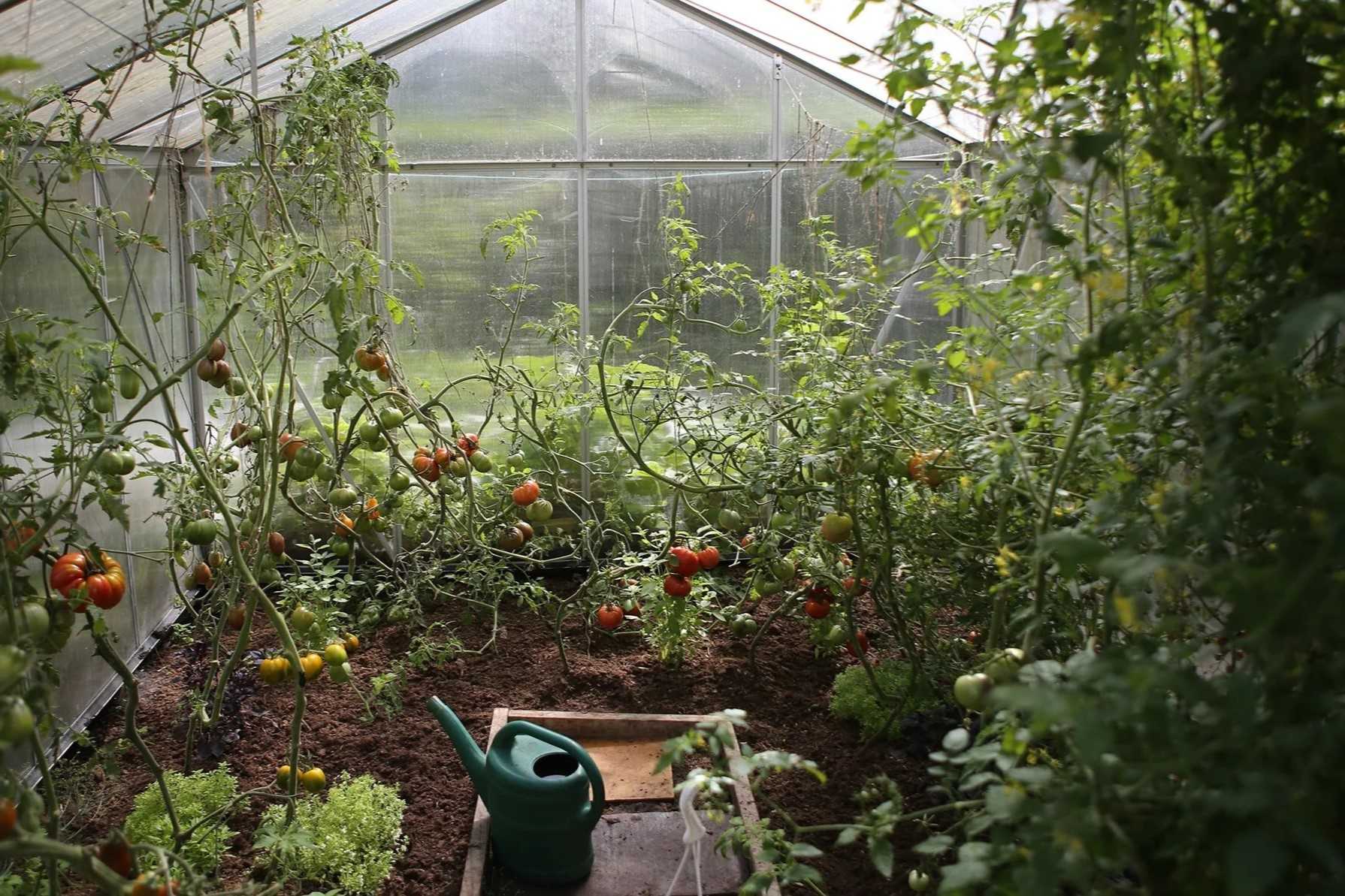
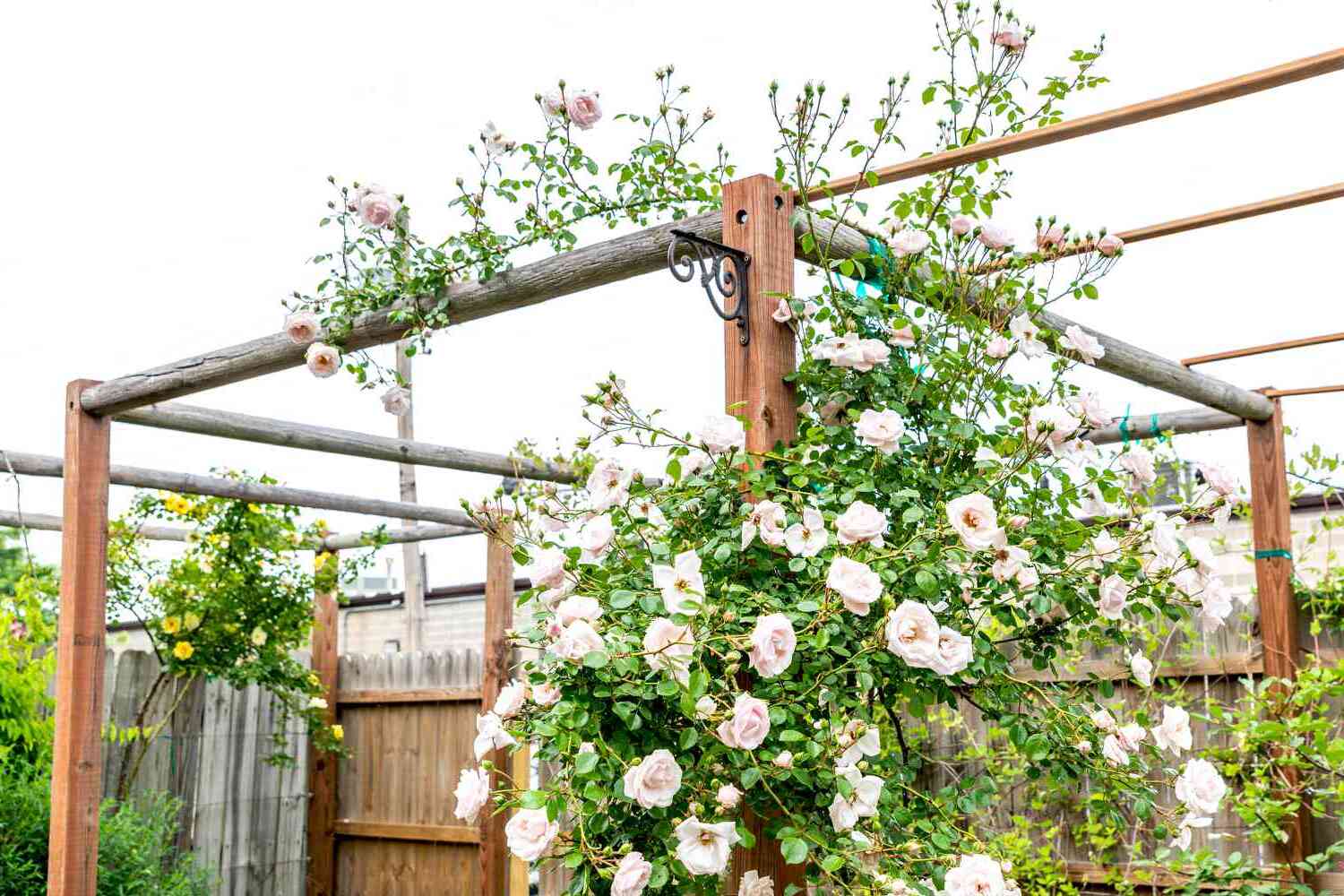
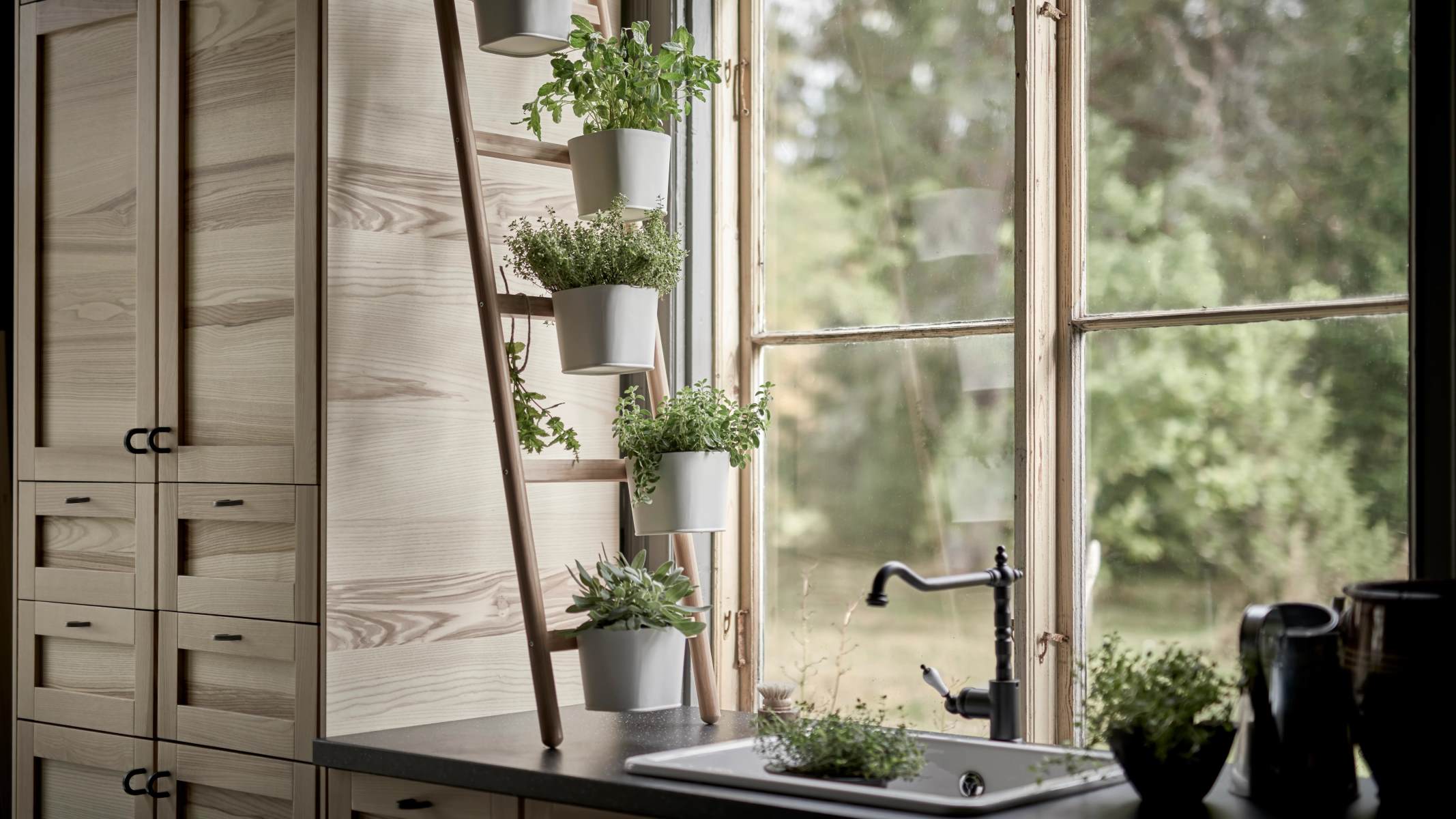
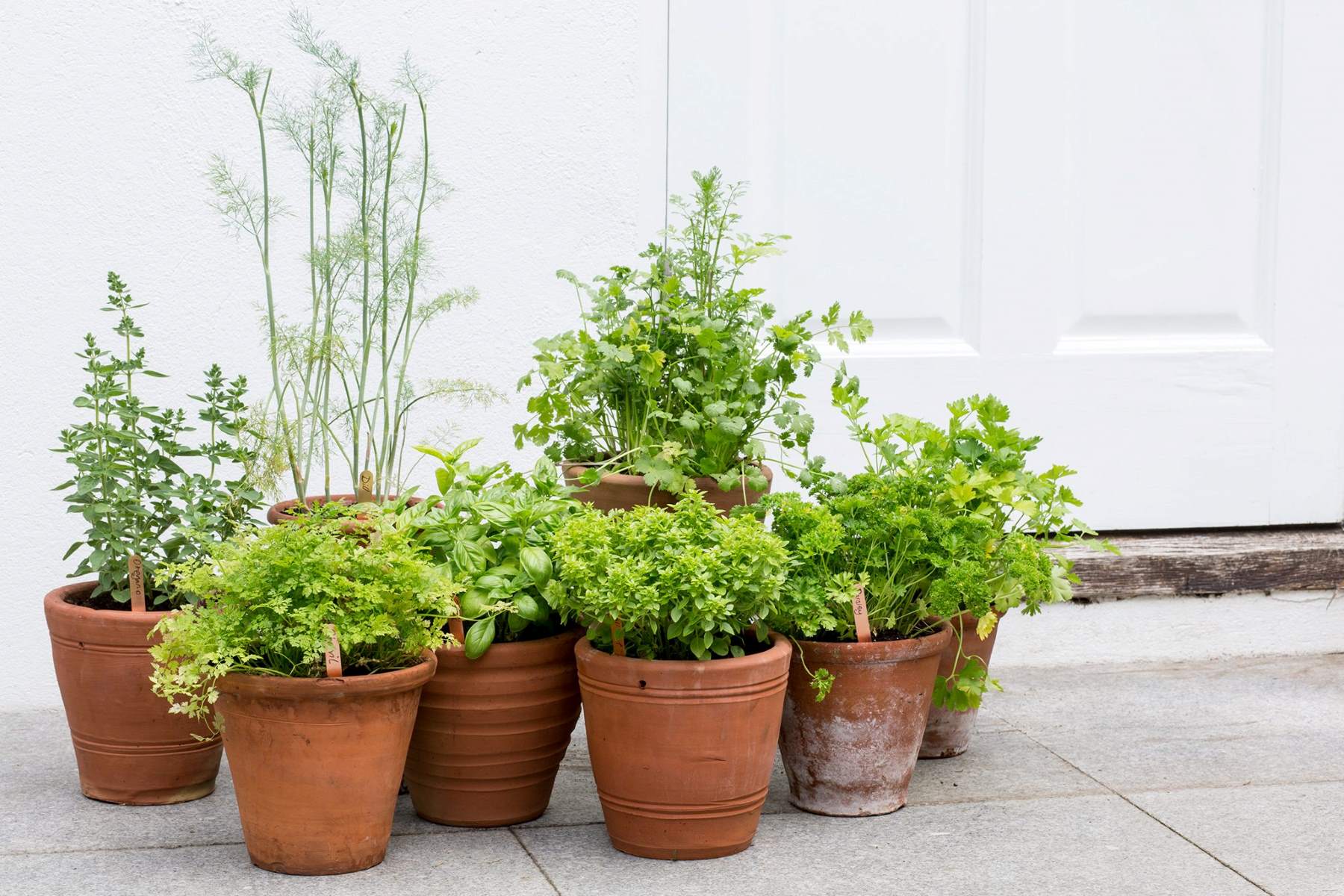
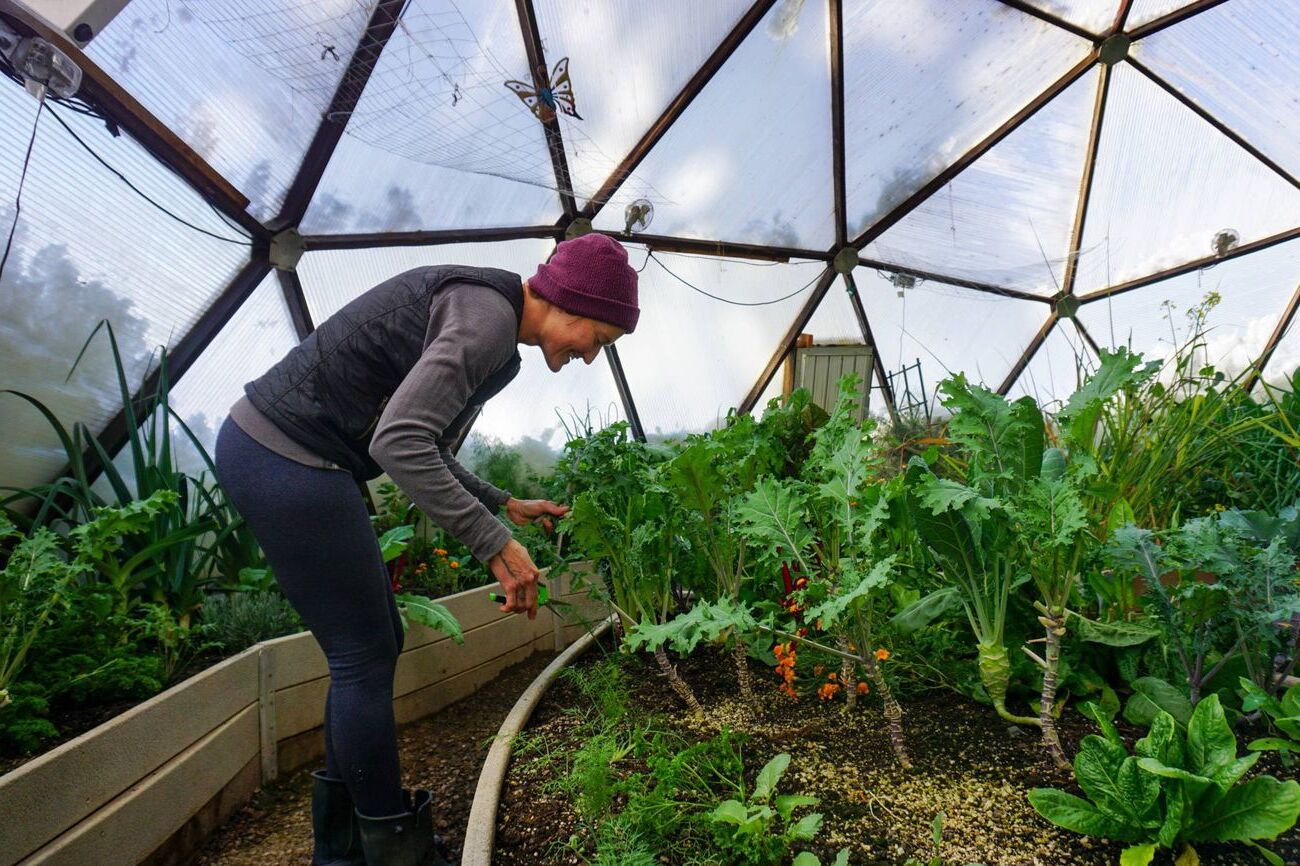
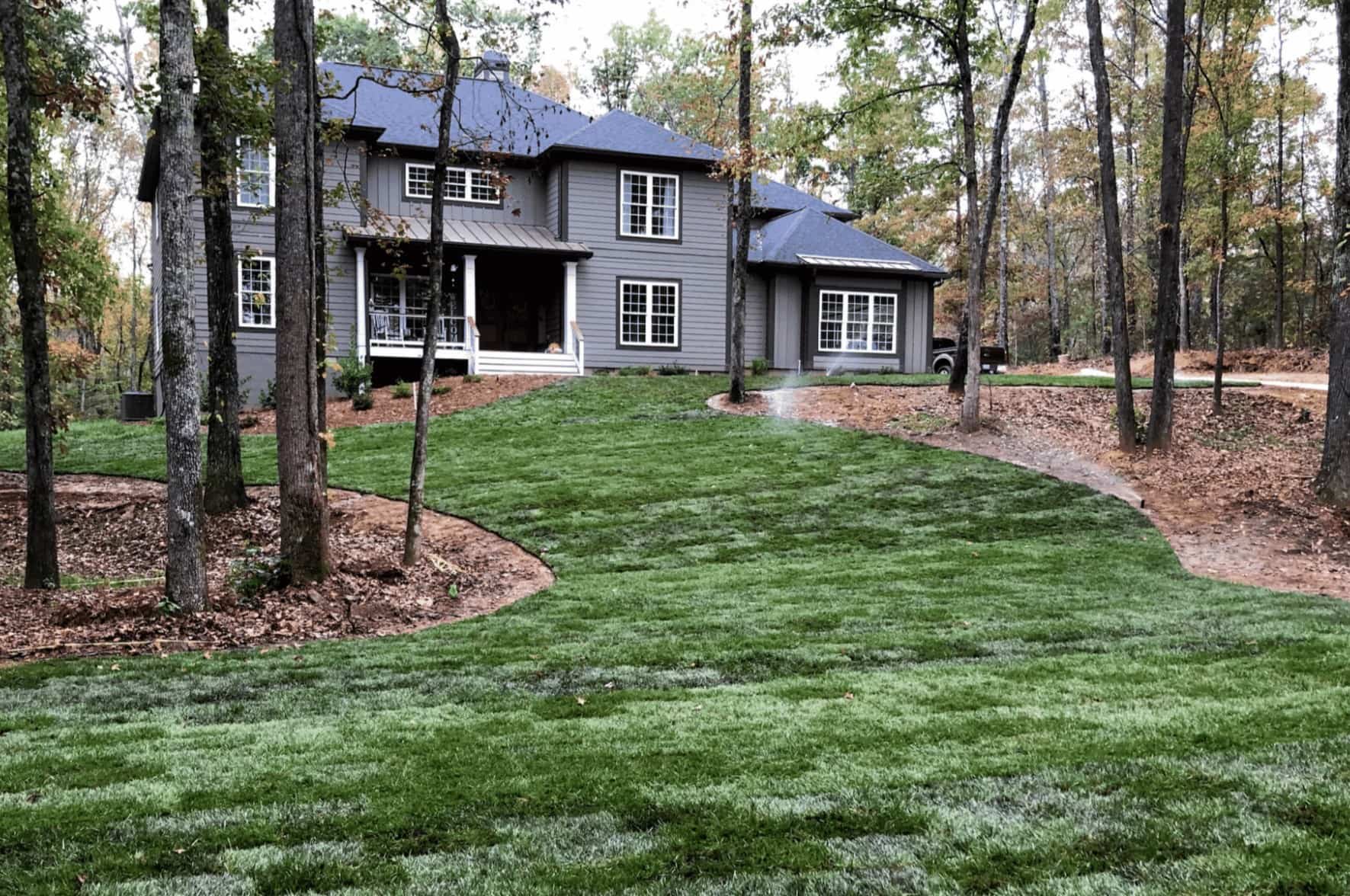
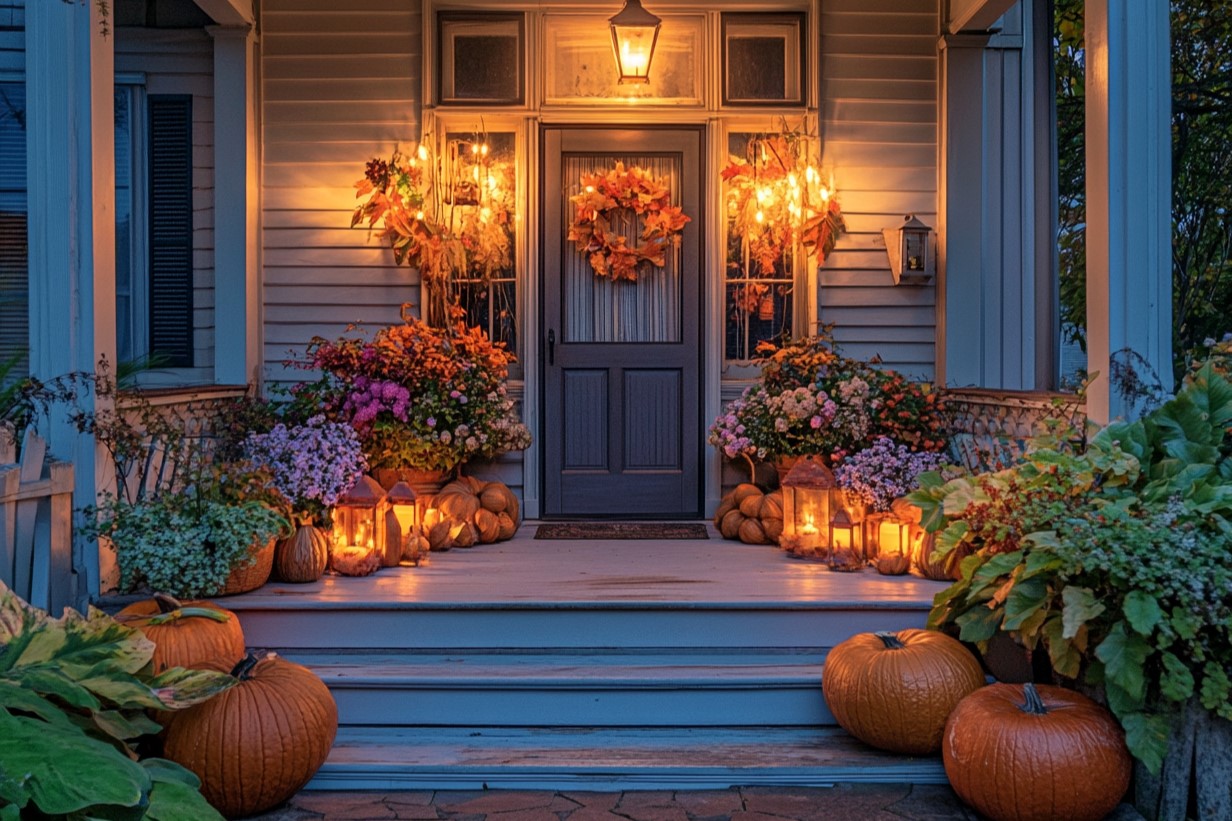
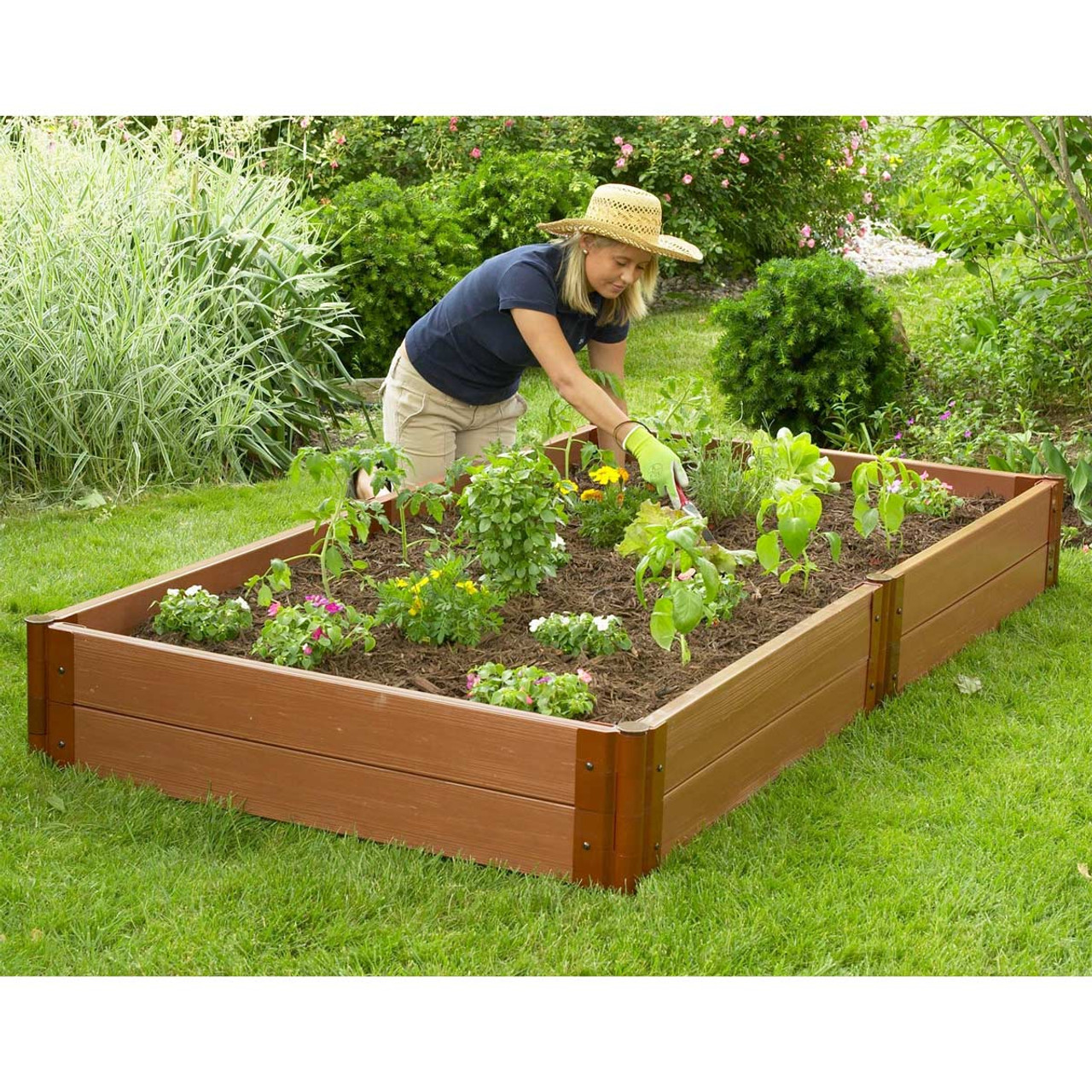
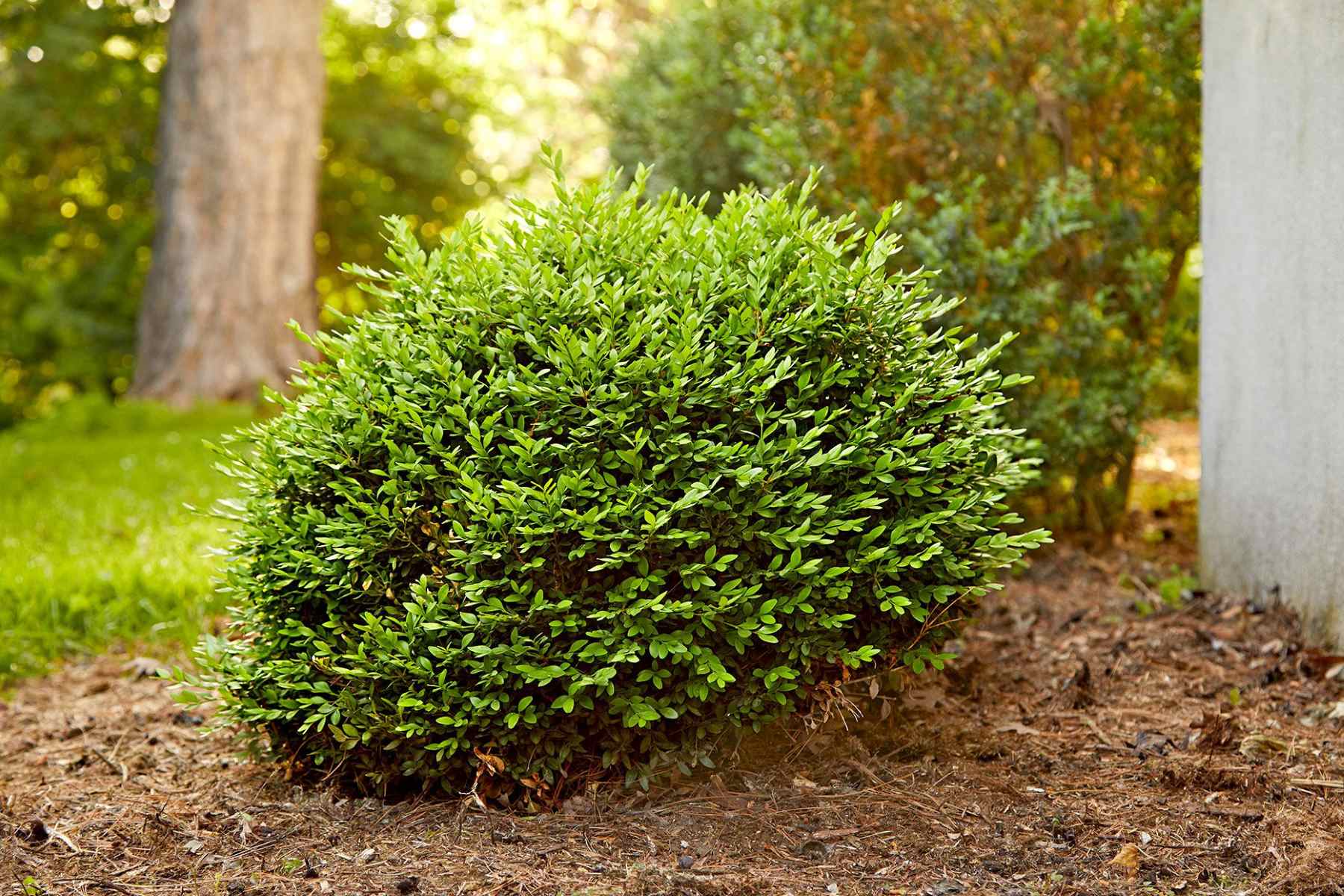
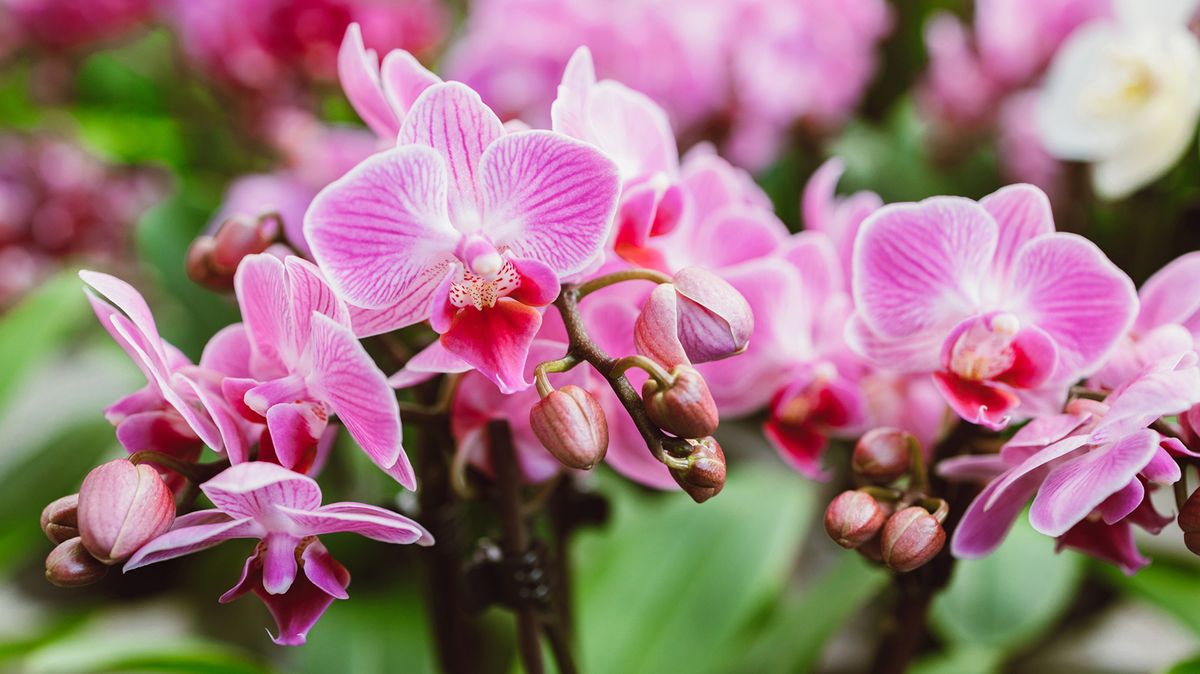
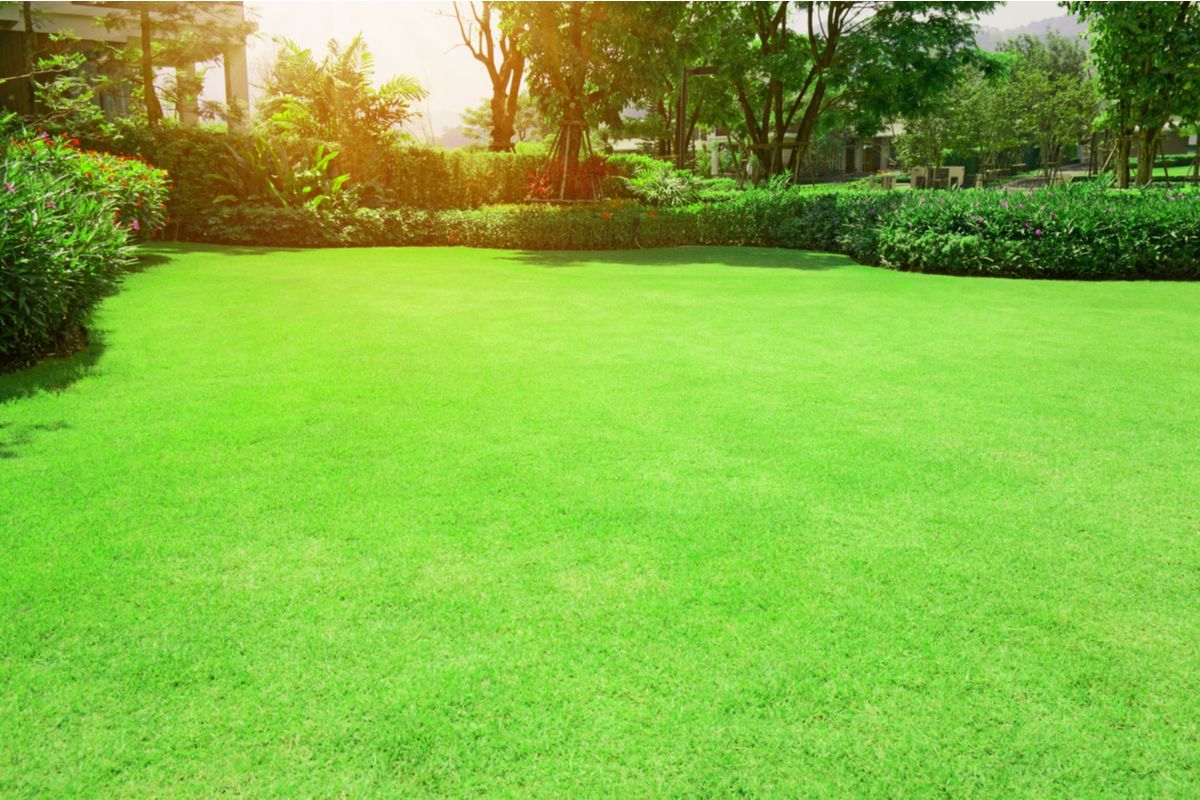
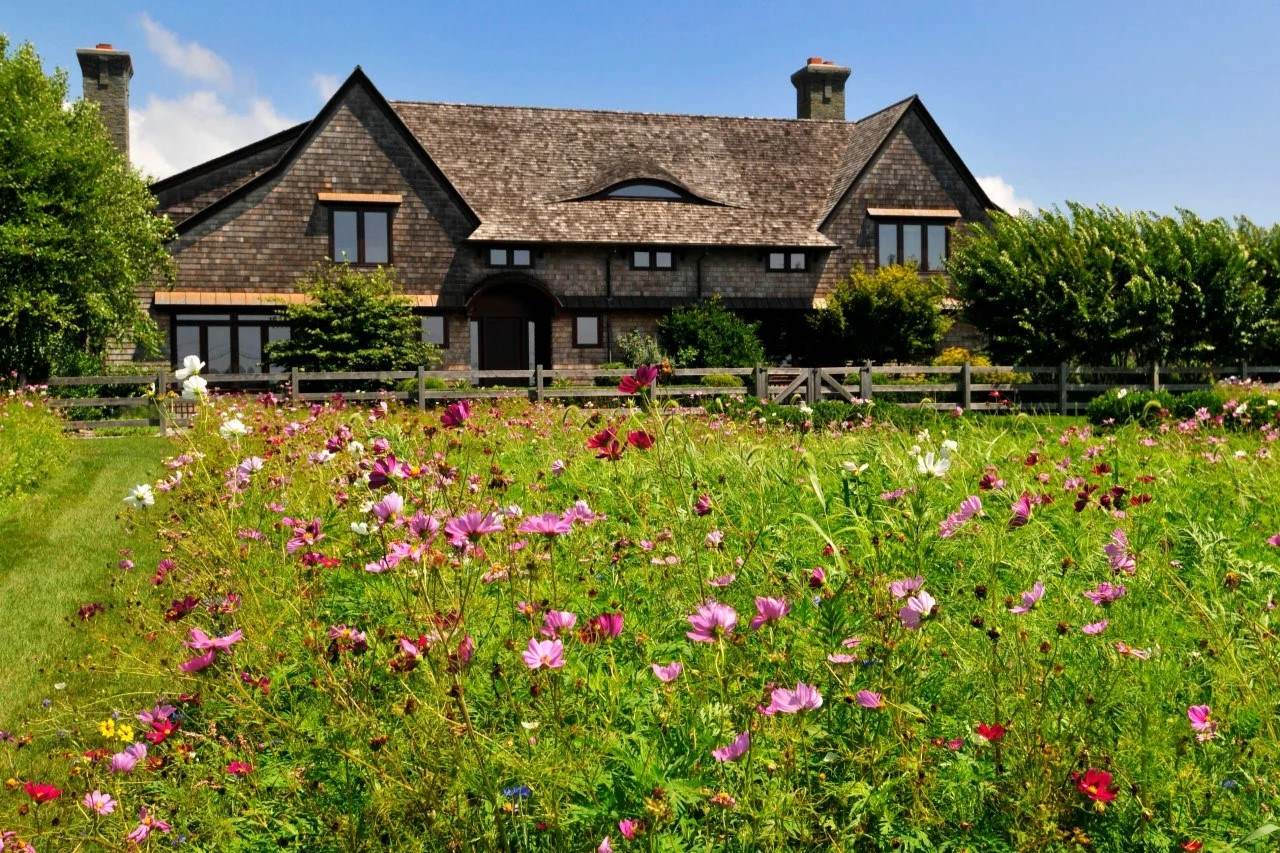
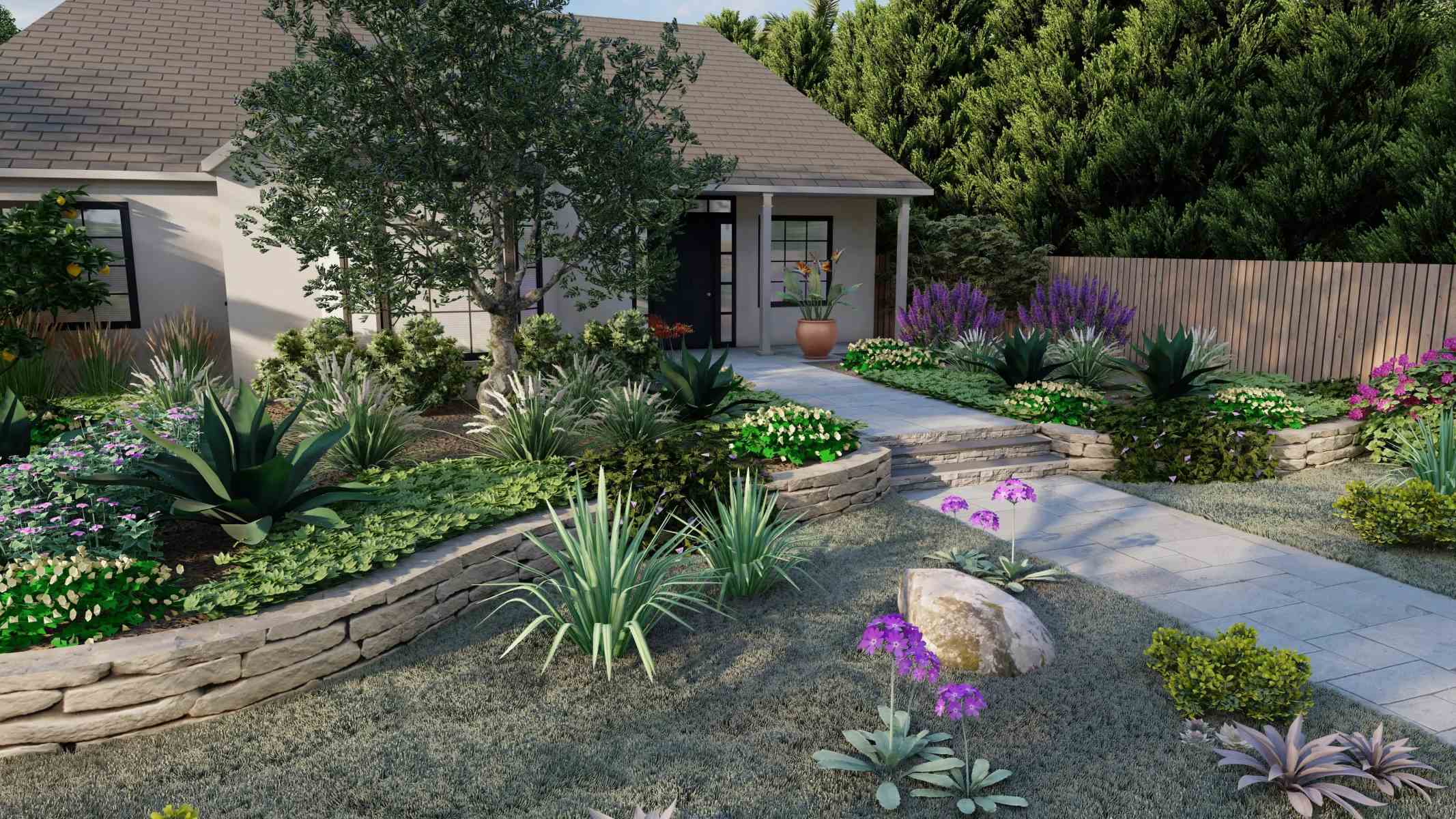
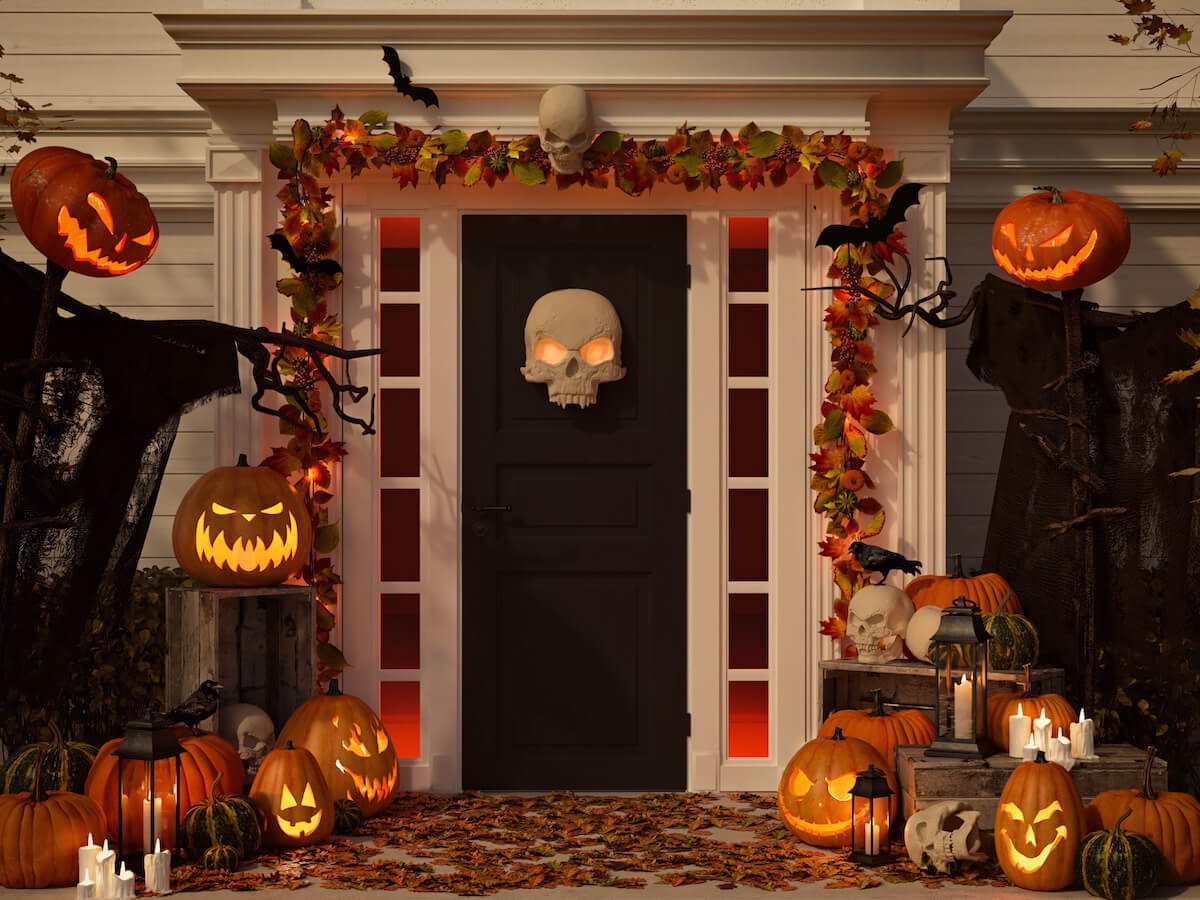

0 thoughts on “Creating A Year-Round Container Garden”